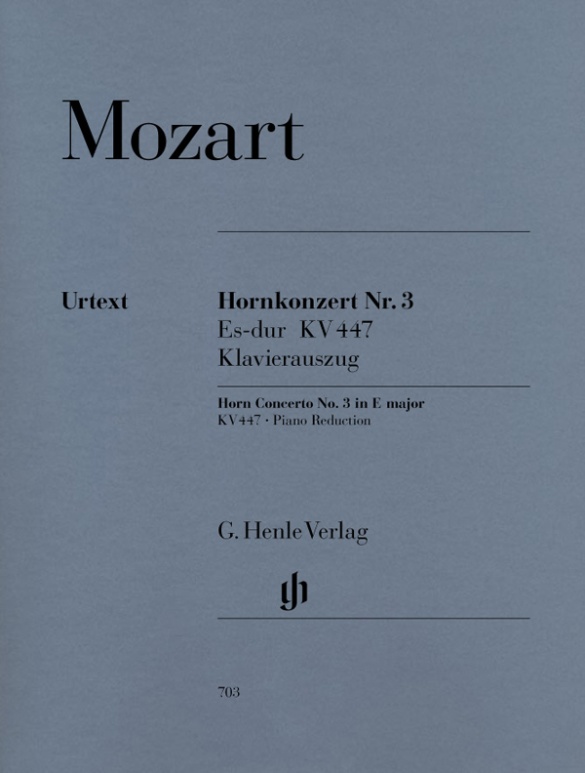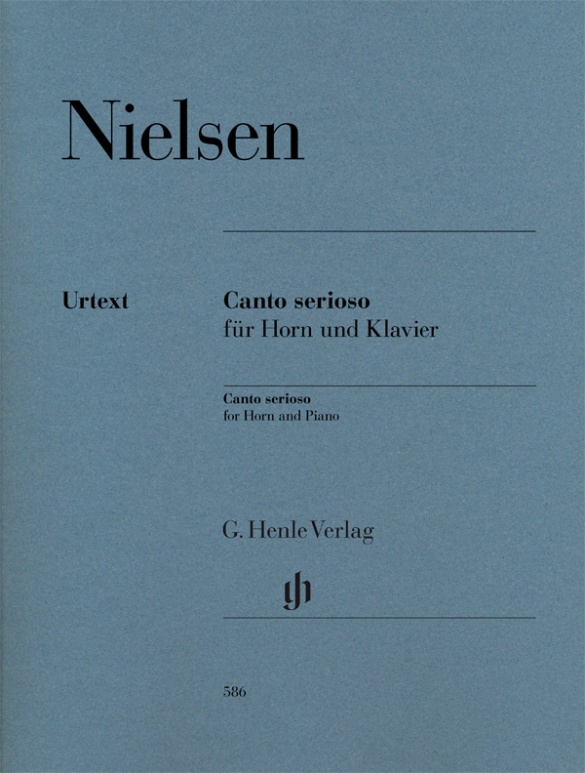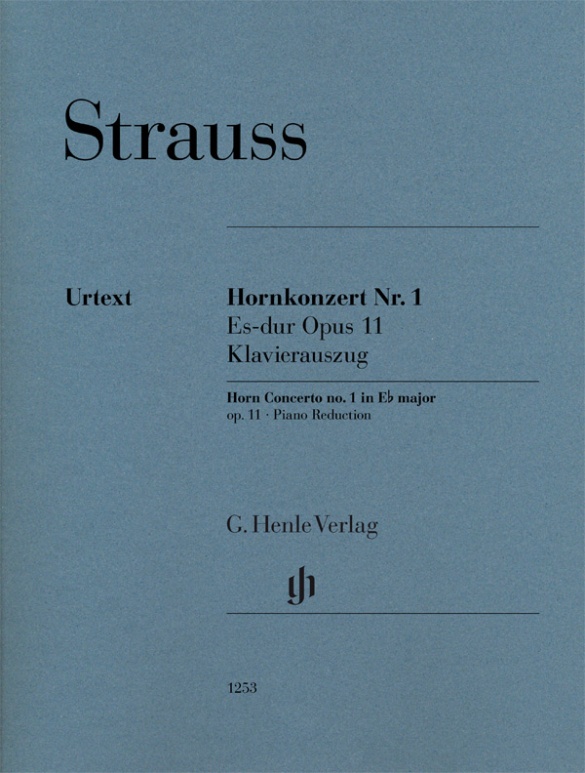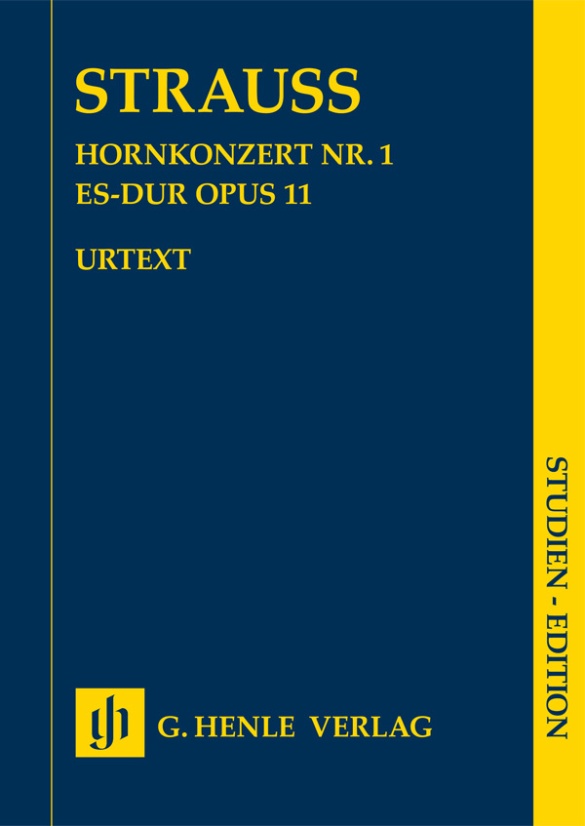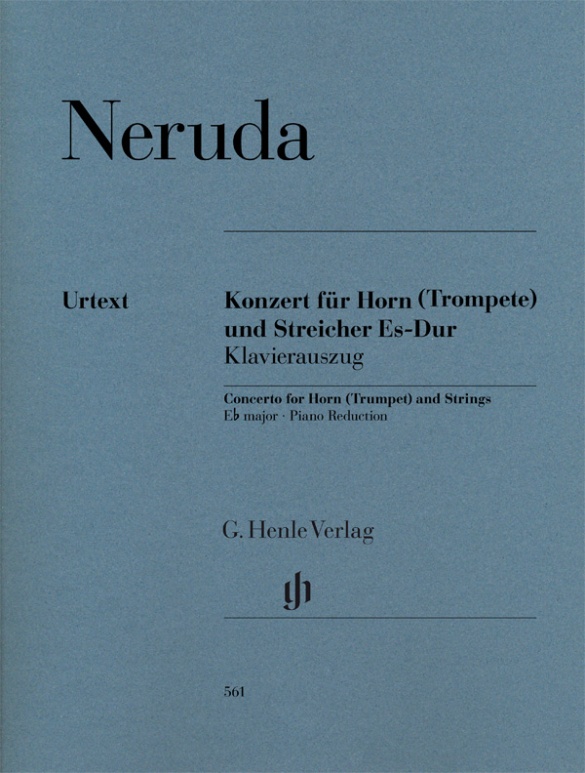

Johann Baptist Georg Neruda
Concerto for Horn (Trumpet) and Strings E flat major
One of the best-loved trumpet concertos today is actually a horn concerto: Neruda composed it in about 1750 at the Dresden Court, where he met the greatest horn virtuosos of the day. As a result, the solo part is immensely demanding and is kept in the upper clarino register throughout (up to g'''), which means that only a few horn players today can master it, even on the modern valve horn. But on the trumpet, however, these difficulties do not apply. This new edition by G. Henle Publishers is based on the only extant manuscript source, which is held in Prague. It takes modern performance practice into account and thus also contains parts for trumpet in E flat and in B flat. As an Urtext edition – and in contrast to earlier editions – it forgoes the articulation and dynamic markings that have otherwise been added so freely, and thereby enables us to have an unbiased view of the original notation.
Content/Details
About the Composer
Johann Baptist Georg Neruda
A composer and violinist of the pre-Classical period. During his lifetime, his works were primarily known in Germany, Bohemia, and Sweden. Among his mainly instrumental compositions, some of which are regarded as lost, are 36 symphonies, ten violin concerti, trio sonatas, and what today is his most popular work, the Concerto for Trumpet, Strings, and Continuo in E-flat major, originally written for French horn.
| around 1711 | Probably born in Rosice. He is educated in violin and cello. He is employed for several years in a theater orchestra in Prague. |
| from 1741 | He moves to Dresden and enters the service of Count Frederick August Rutowski. |
| around 1750 | He obtains an appointment at the Dresden Hofkapelle (Court Chapel), initially as fourteenth, and then after a few years as fifth, violinist. His sons Ludwig and Anton Friedrich are trained by him in violin and likewise join the Dresden Hofkapelle. |
| 1776 | Dies in Dresden on October 11. |
About the Authors

Dominik Rahmer (Editor)
Dr. Dominik Rahmer, born in 1971 in Mainz, studied musicology, philosophy and maths in Bonn. He did his Magister Artium in 1999 and his doctorate in 2006 with a thesis on the music criticism of Paul Dukas.
From 2001 to 2011 he was employed at Boosey & Hawkes/Bote & Bock in Berlin, where he also worked on the Critical Edition of the Works of Jacques Offenbach (OEK). Since 2011 he has been an editor at G. Henle Publishers in Munich, with a particular focus on French and Russian music and works for wind instruments.
Product Safety Informations (GPSR)

G. Henle Verlag
Here you can find the information about the manufacturer of the product.G. Henle Verlag e.K.
Forstenrieder Allee 122
81476 München
Germany
info@henle.de
www.henle.com
An excellent and very reasonably priced addition to the horn player’s repertoire.
Early Music Review, 2019Das Konzert für Horn (Trompete) und Streicher Es-Dur ist von Dominik Rahmer als Klavierauszug zuverlässig und genau herausgegeben.
das Orchester, 2019Über die gute und hohe Qualität der Henle-Ausgaben muss man kein Wort verlieren: beste Lesbarkeit und eine fundierte wissenschaftliche Auseinandersetzung von Dominik Rahmer mit dem Autograph, welches im Tschechischen Museum der Musik aufbewahrt wird, machen diese Ausgabe zu einem Muss im Notenregal und natürlich auf dem Notenpult!
Sonic, 2020推荐
autogenerated_cross_selling
本书目其他版本
本书目其他版本


